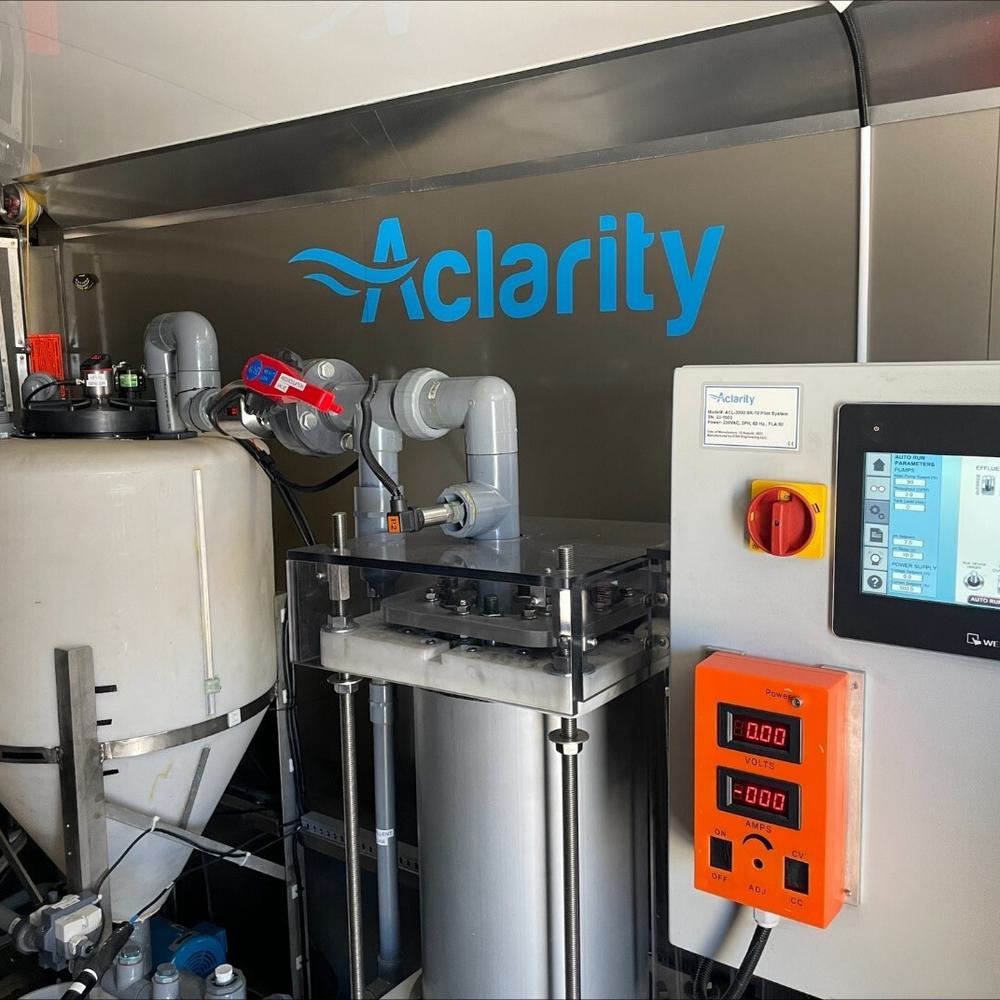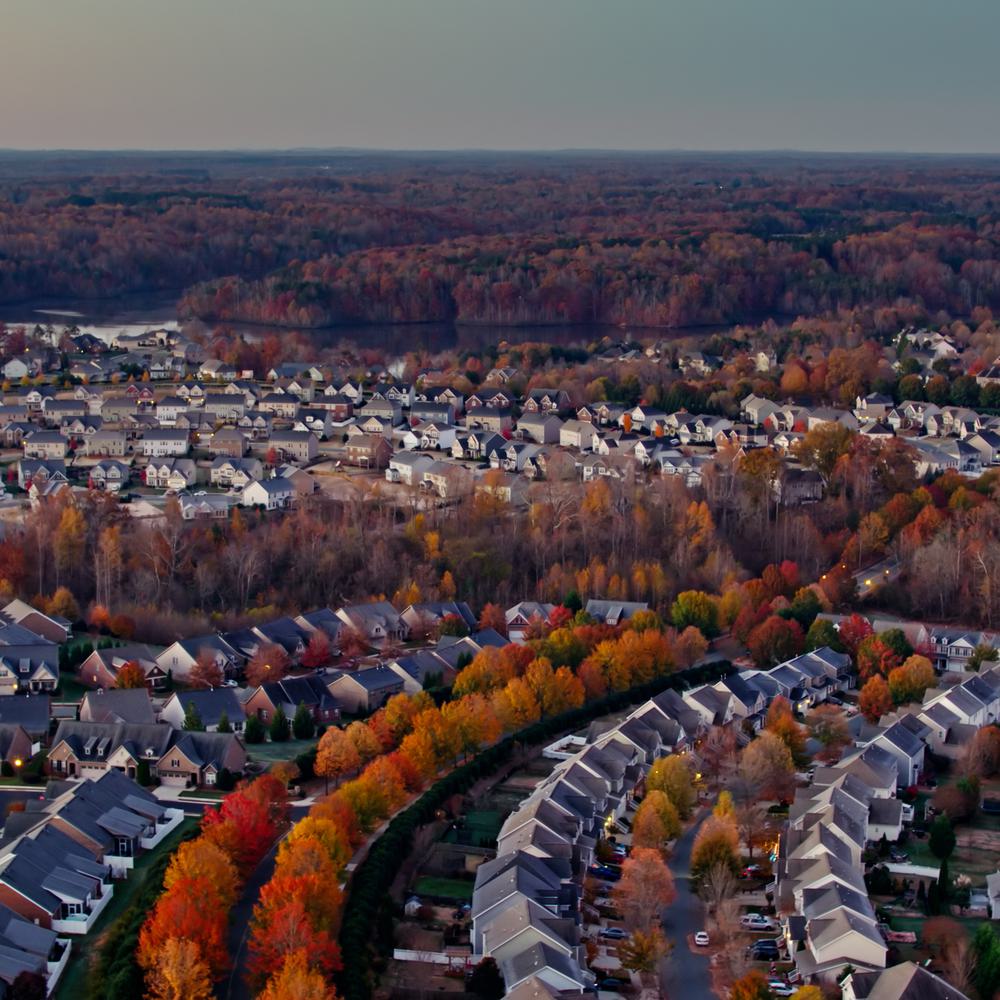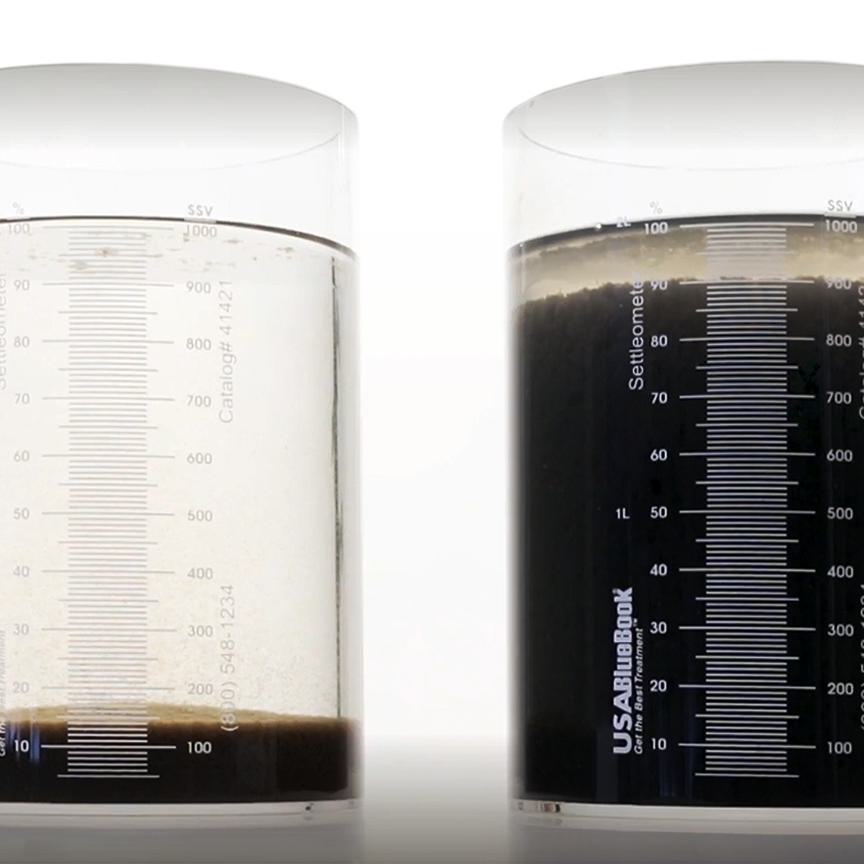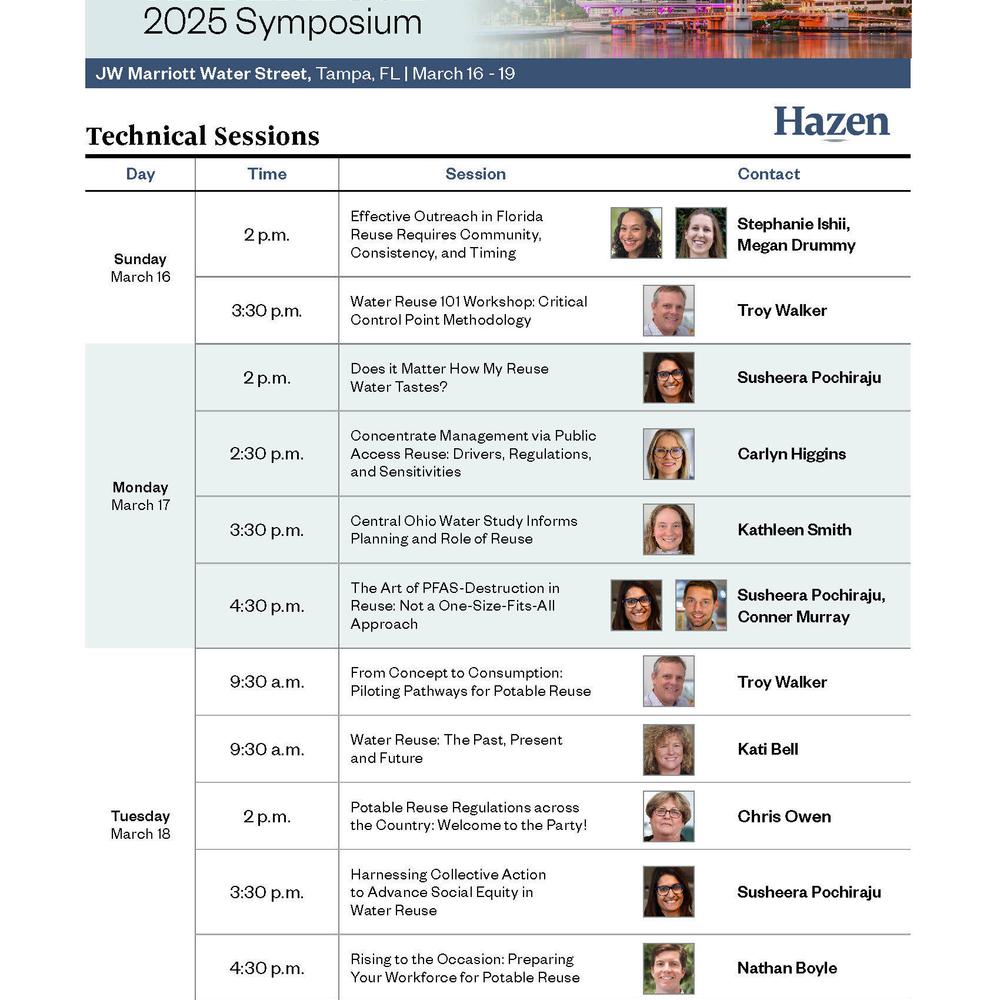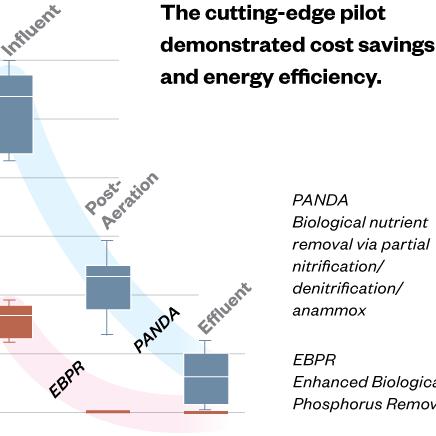City of Miramar Wastewater Reclamation Facility
Hazen and Sawyer was retained by the City of Miramar to provide planning, design, and construction management services for both the WWRF and Reuse Distribution Facilities, from which treated effluent is used for irrigation water at golf courses and in residential communities.
The City of Miramar, Florida is located in the southwest portion of Broward County. To provide requisite utility services to its residents, the City planned, designed and constructed a new collection/transmission system and Wastewater Reclamation Facility (WWRF). The resulting 10.5 mgd City of Miramar WWRF houses unit processes to produce 4.0 mgd of irrigation quality reuse water.
The City has long been the leader among south Florida utilities in its commitment to residential reuse and the sustainable resource that it represents. As proof of this dedication to this sustainable, the City specifically prohibits the connection of irrigation systems to public potable water supplies. This highly restrictive ordinance, prohibiting the use of potable water, combined with best management practices that promote water conservation, have resulted in the City demonstrating one of the lowest per capita water consumption rates when compared to similar cities throughout the south Florida. In addition, the ongoing Reuse Transmission Main Expansion Program expansion will continue to retire existing private irrigation permits.
Reuse in Action
Our Reuse Feasibility Study investigated reuse opportunities within the plant service area and identified a dual distribution system for green space irrigation as the most viable reuse opportunity.
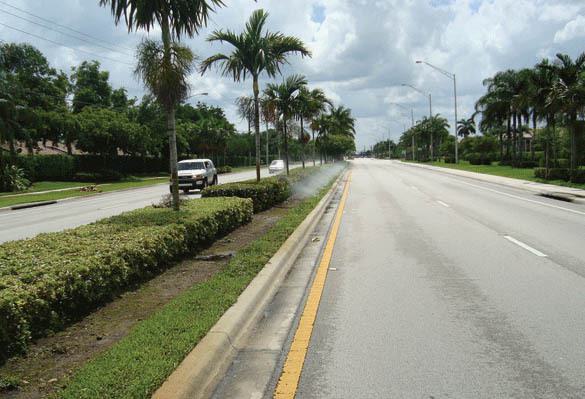
Hazen and Sawyer was retained by the City of Miramar to provide planning, design and construction management services for the original WWRF and Reuse Distribution Facilities, as well as subsequent Reuse Distribution Master Plans and Expansion .
It was the City's goal to reclaim treated effluent and use it for irrigation water at golf courses and in residential communities (via dual distribution system). Approximately 90,000 linear feet of wastewater and reclaimed water transmission mains were identified to serve the development areas through buildout. The financing and construction of these facilities were phased for implementation so that facilities were on-line as development occurred.
The Master Plan Report provided for a wastewater reclamation facility with initial plant capacity of 7.3 mgd. Room was left at the site to construct additional facilities required to handle ultimate flows in the 12 to 13 mgd range. Effluent deep well injection was used to dispose of effluent during wet weather periods when reuse demand is reduced.
The original Reuse Feasibility Study investigated reuse opportunities within the plant service area - zoned for residential and commercial development and identified a dual distribution system for green space irrigation as the most viable reuse opportunity. To that end, the City constructed a reclaimed water distribution line to two nearby residential developments in 1996, coinciding with the startup of the new WWRF.
Since the Facility was constructed adjacent to both single and multifamily residential areas, this siting dictated that planning and design focus not only on efficient wastewater treatment, but also on the mandate that the Facility be a "good neighbor." Extensive effort was expended analyzing prevailing wind currents and the proximity of established residential areas to the Facility. Two major areas of odor concern were identified and addressed through the planning and design stages of the project.
Based on the successful results experienced at these “demonstration” locations, the City subsequently authorized the preparation of various Reuse Distribution System Expansion Studies to identify improvements required to implement area wide reclaimed water distribution service.
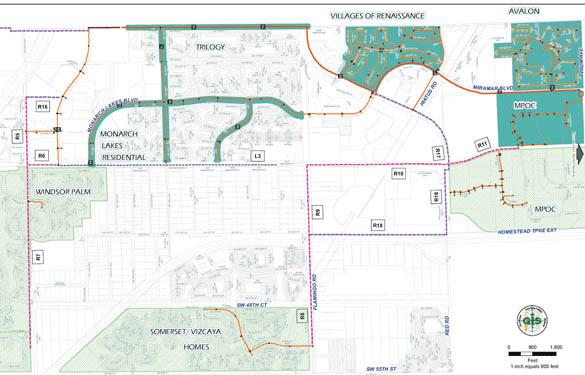
Project Outcomes and Benefits
- Existing reclaimed water facilities include high level disinfection, 4-mgd tertiary filtration, storage and pumping facilities, 3.5 miles of 16-inch diameter regional transmission piping, and dual distribution piping in a 360-acre residential area.
- The current Phase I distribution system expansion will add and additional 6,000 linear feet of 8-inch diameter distribution main within Zone 2.
- Future expansion phases will further expand the treatment and distribution systems to Zone 3.



